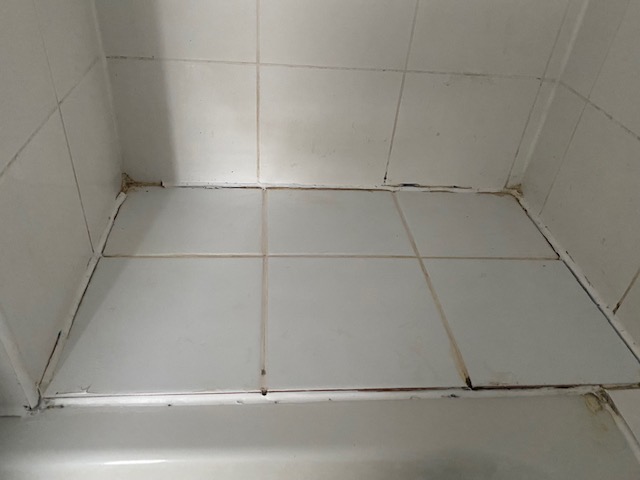
Sheep’s wool is most natural insulation ‘baa’ none
For people who want to insulate a building one of the most natural and sustainable ways is to use sheep’s wool.
“It may sound a surprising solution,” said green energy expert Ron Fox, “but it is a cost effective, flexible and safe option.
“When you think about it, wool is naturally designed to protect sheep in all weathers,” said Ron, of Noreus Ltd which is based at Keele University’s Science and Innovation Park. “It has the ability to trap air within the fibre, which makes it a naturally effective insulator.”
He said wool helps to regulate temperatures because it’s a breathable fibre, absorbing moisture when the atmosphere is damp and then releasing it when the atmosphere is drier.
“This is an important benefit since ventilation does not remove all moisture from the fabric of buildings, so breathability is an important factor in regulating moisture in a building fabric,” added Ron.
“Wool also has a higher thermal mass, so is able to reduce summertime overheating.”
He said wool insulation has many other benefits in that it is naturally flame resistant and non-combustible, making it one of the best fibres for use in family homes.
It is also safe to handle – gloves, eye protection and masks are not required, unlike some other types of insulation.
Another advantage is that the natural structure of wool and its ability to trap air also helps to absorb sound, limiting the transfer of vibrations and noise through floors, doors and walls, and performing better than many synthetic alternatives.
Ron said one popular form of wool insulation comes from British mountain breeds of sheep which often have a fibre known as ‘kemp’ within the fleece.
This is a bristly, coarse fibre designed to provide additional protection from poorer weather conditions in the mountainous areas of Britain for the sheep.
This type of wool is especially effective in trapping air in the hollow centre of the kemp fibres, so is a great choice for insulation.
But he did warn that one disadvantage of raw wool is its vulnerability to insects, especially moths and that it needs to be treated with chemicals to make it insect resistant.
One customer who is impressed with sheep’s wool insulation is Paul Rogerson, the co-artistic director of Restoke, the Performing Arts Association which he runs with his co-artistic director Clare Reynolds. It is based in the ballroom at Fenton Town Hall in North Staffordshire.
Helped by the Severn Trent Community Fund Restoke is making that building as environmentally friendly as possible.
As part of their restoration of the ballroom they have installed air source heat pumps and an airflow system and now they are about to install lamb’s wool insulation in the roof of the ballroom before the cold weather sets in.
“Green energy and energy efficiency is the future. We want the building to be sustainable and to support a British product, so sheep’s wool seemed the easiest and best solution,” said Paul.
Restoke, which was founded in 2008, makes performances with the people of Stoke-on-Trent and provides a range of free-to-access performing arts opportunities, including dance workshops for all ages from children upwards, and the Town Hall Choir for adults.
For more advice on green energy, wool insulation and heat pumps contact Ron Fox on 01782 756995.




